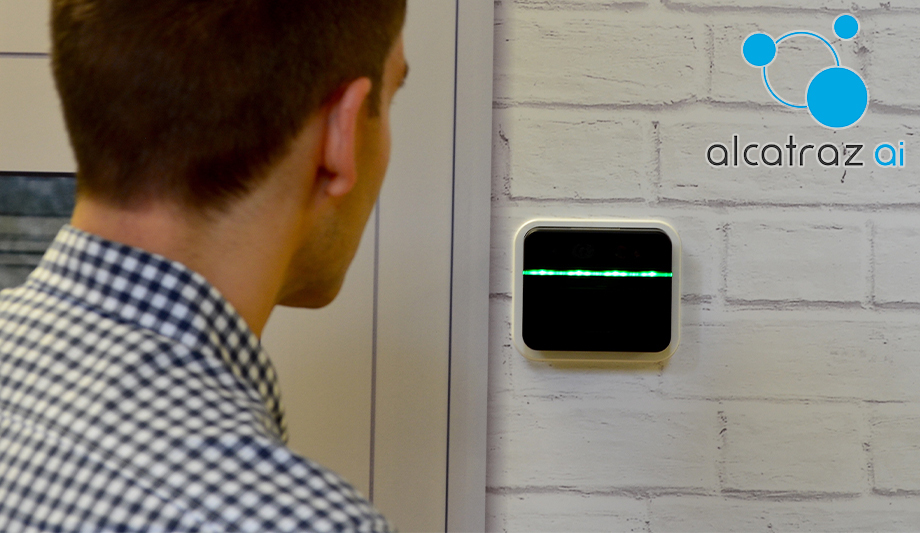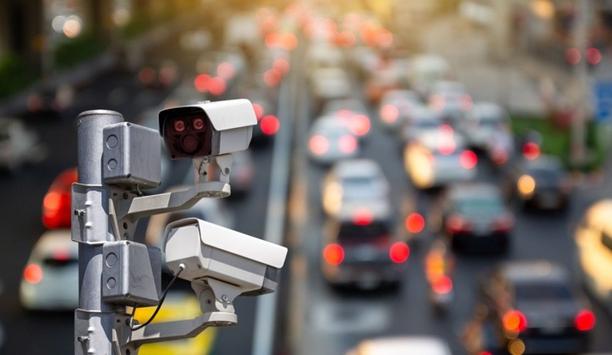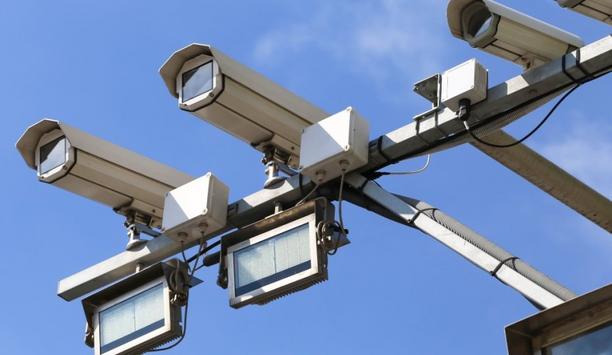Effective access control can be achieved without the use of cards using a new generation of secure facial authentication enabled by artificial intelligence and machine learning. Alcatraz AI is introducing a system that deploys a sensing device, about the size of a badge reader, with multiple colour and infrared cameras that can detect facial features and confirm an identity.
Real-time 3D facial mapping avoids anyone using a photograph, video or mask to spoof the system and confirms there is a real person that matches the stored facial image.
System helps in tailgating mitigation
Deep neural networks, powered by NVIDIA, enable the system to achieve new levels of frictionless access control, says Vince Gaydarzhiev, CEO of Alcatraz AI. Computer processing is achieved at the edge to ensure speedy and secure access control.
We saw an opportunity to create a system that solves issues of tailgating and addresses the need for security without increasing friction"“We saw an opportunity to create a system that solves issues of tailgating and addresses the need for security without increasing friction,” says Gaydarzhiev. The accuracy of the system lessens the need for security guards, he says.
The Silicon Valley startup, currently with 20 employees, was founded in early 2016 by a team from Apple, NVIDIA and Lily Robotics with a goal of targeting mid- to large-sized corporations that currently have deployed badging systems. The company has raised close to $6M from venture capital firms and individuals, and Johnson Controls/Tyco has invested in the startup.
Alcatraz AI’s sensor device, mounted near a door, confirms a user’s identity and communicates the user’s badge number to the existing access control infrastructure. “The system improves the facial profile every time, using the neural network to be even more accurate in the future,” says Gaydarzhiev. He says it is the industry’s first “instant one-factor authentication for multi-person in-the-flow sensing.”
 |
| The system is less expensive than previous facial authentication systems and does not require users to be very close to the reader |
Easy enrolment and deployment
Enrolment in the system is easy. Companies can deploy a separate enrolment station, or any reader can be used for enrolment. After badging in a couple of times, the face matching system “enrols” the face with the associated badge number, thus allowing the user to dispense with the badge altogether.
In the future, the frictionless system simply recognises the user and opens the door. A user company can quickly deploy the system at locations where thousands of employees have access, without requiring employees to go to HR for enrolment.
Gaydarzhiev says accuracy of the system is no less than that of iris scanning, and the accuracy is configurable for specific needs. He says the system is less expensive than previous facial authentication systems and does not require users to be very close to the reader. Facial authentication is also more flexible than iris scanning or fingerprinting.
Detecting intent from positioning of eyes
The system detects intent from the positioning of the eyes and body to avoid opening a door unintentionallyIn contrast to near field communication (NFC) or Bluetooth systems, the technology does not require a compatible smart phone or have issues of communication range. There is no need for users to stop and perform an action or gesture to signal intent. The system detects intent from the positioning of the eyes and body to avoid opening a door unintentionally, says Gaydarzhiev.
Alcatraz AI is targeting high-tech enterprises, including healthcare, government and eventually banks. Currently they have three pilot installations among large global software companies and are undergoing trials with some government agencies. Today, they sell direct to end users, but the intent is to develop a dealer channel that will account for most of the sales.








































